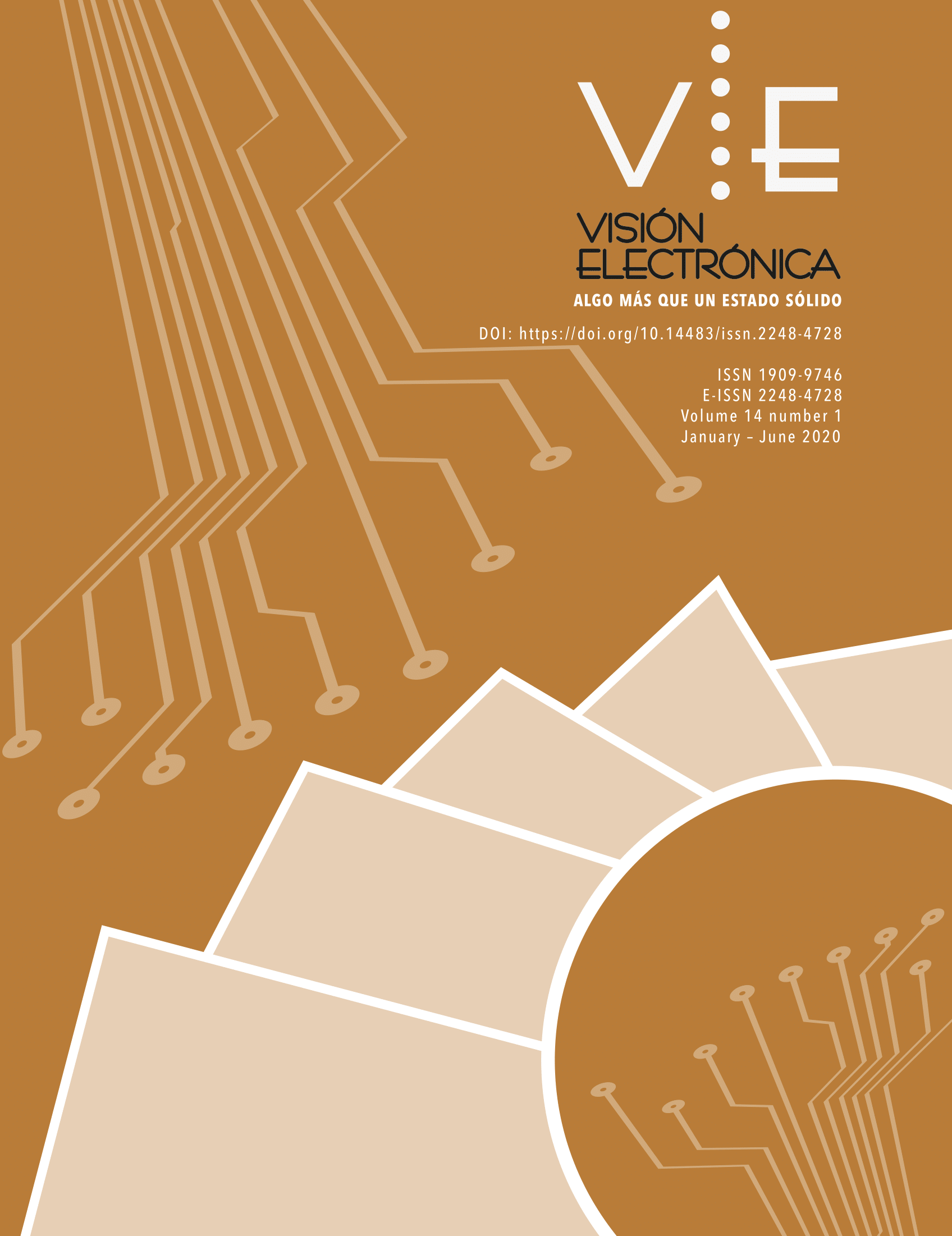DOI:
https://doi.org/10.14483/22484728.16494Publicado:
2020-01-31Número:
Vol. 14 Núm. 1 (2020)Sección:
Visión InvestigadoraPRM navigation in trading drone and Gazebo simulation
Navegación PRM en dron comercial y simulación Gazebo
Palabras clave:
Drone, Gazebo, Matlab, Navigation, PRM, ROS (en).Palabras clave:
Dron, Gazebo, Matlab, Navegación, PRM, ROS (es).Descargas
Resumen (en)
Starting from a commercial drone AR Dron Parrot 2.0, an autonomous navigation process is developed with a PRM probabilistic route planner in real time, through a ROS network between the drone and the Gazebo simulation software. Using the robotics system toolbox from software Matlab that interacts with Gazebo, it is possible to study the desired trajectory planner, in addition, the creation and connection of the ROS network on the Linux operating system, where the navigation algorithm is analyzed from the practical vs., simulation points of views. The errors that are presented are minimal, taking into account the propagation delays and the control algorithm; this is in charge of receiving location information in order to correct and minimized the mean square error.
Resumen (es)
Partiendo de un dron comercial AR Dron Parrot 2.0, se desarrolla un proceso de navegación autónoma con un planificador de ruta probabilístico PRM en tiempo real, por medio de una red ROS entre el dron y el software de simulación Gazebo. Utilizando el paquete de robótica -Robotics System Toolbox del software Matlab que interactúa con Gazebo, es posible el estudio del planificador de trayectoria deseado, anexando la creación y conexión de la red ROS sobre sistema operativo Linux, donde se analiza el algoritmo de navegación desde el punto de vista práctico vs., simulación. Los errores que se presentan son mínimos, teniendo en cuenta los retardos de propagación y el algoritmo de control para que en la medida que se recibe información de ubicación se pueda corregir y minimizar el error medio cuadrático.
Referencias
Mathworks: Robotics System Toolbox, “Design and test algorithms for robotics applications”, 2019. [Online] Available at: https://la.mathworks.com/products/robotics.html
J. C. Latombe, “Robot Motion Planning”, Boston, MA: Springer US, 1991. http://doi.org/10.1007/978-1-4615-4022-9
R. Siegwart, I. Nourbakhsh, D. Scaramuzza, “Introduction to Autonomous Mobile Robots”, Second Edition, MIT, 2011.
H. Choset, K. Lynch, S. Hutchinson, G. Kantor, W. Burgard, L. Kavraki and S. Thrun, “Principles of Robot Motion: Theory, Algorithms, and Implementation”, 2007. [Online] Available at: http://biorobotics.ri.cmu.edu/book/booboo_book.pdf
D. C. Hanselman and B. Littlefield, “The student edition of MATLAB”, user’s guide. Prentice Hall, 1997.
S. M. LaValle, “Planning algorithms”, Cambridge University Press, 2006. https://doi.org/10.1017/CBO9780511546877
A. Ángel, R. Gandul and F. C. Rojo, “Integración de ROS con Arduino y Raspberry Pi”. Universidad de Sevilla, 2014. [Online] Available at: http://bibing.us.es/proyectos/abreproy/12186/fichero/PFC+Alvaro+Romero+Gandul+Revisa%20do.pdf
ROS, “ROS.org | About ROS”, 2015. [Online] Available at: http://www.ros.org/about-ros/
Programación ROS, “¿Cómo funciona ROS?”, 2019. [Online] Available at: http://programacionextrema.es/2017/12/08/ros/
Mathworks & ROS, “Connect a ROS network”, 2019. [Online] Available at: https://la.mathworks.com/help/robotics/examples/connect-to-a-ros-network.html
Ar.Drone, “Volar AR.Drone con Teclado”, 2019. [Online] Available at: https://www.tamps.cinvestav.mx/~arodas/keyboard.html
Gazebo, “Why Gazebo?”, 2019. [Online] Available at: http://gazebosim.org
Web Client for Gazebo, “Gzweb”, 2019. [Online] Available at: http://gazebosim.org/gzweb.html
Cómo citar
APA
ACM
ACS
ABNT
Chicago
Harvard
IEEE
MLA
Turabian
Vancouver
Descargar cita
Licencia

Esta obra está bajo una licencia internacional Creative Commons Atribución-NoComercial 4.0.
.png)
atribución- no comercial 4.0 International






.jpg)





